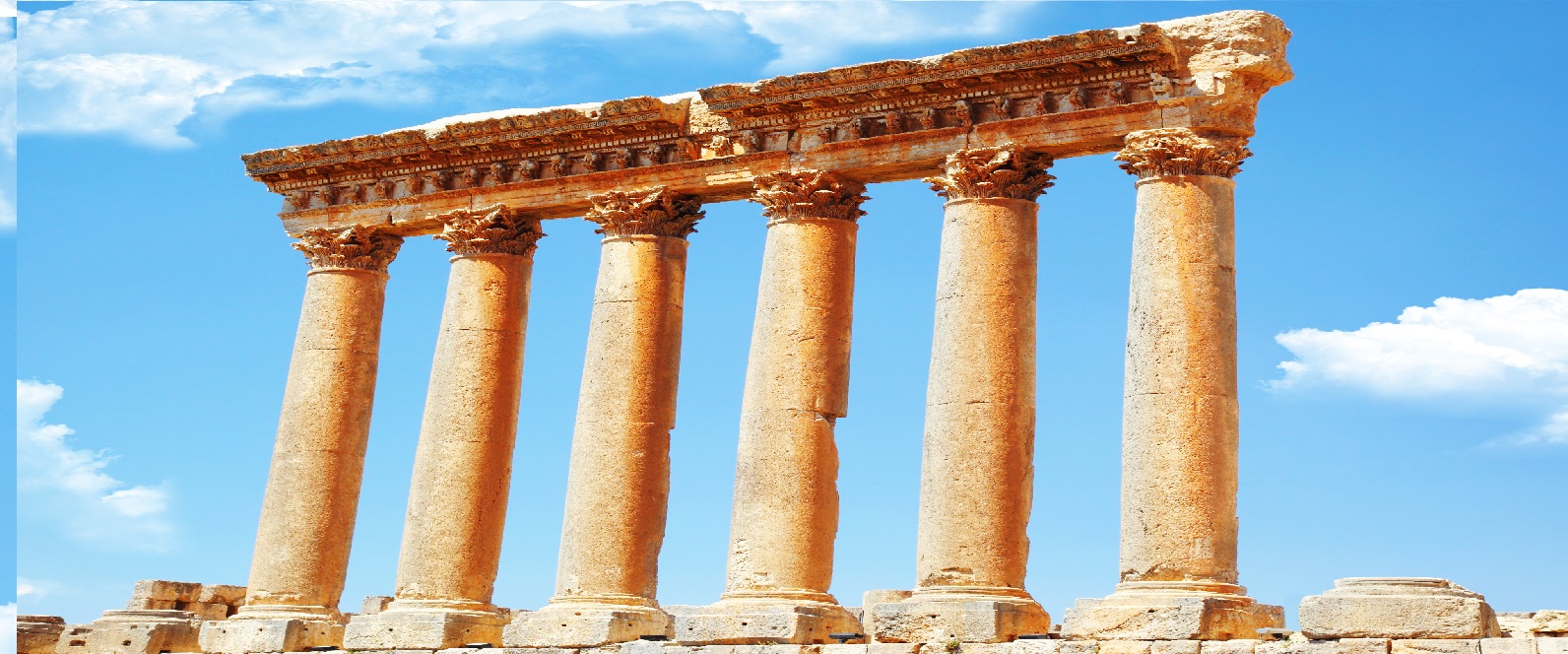
Lebanon’s Refugee Crisis: a Political Culture’s Perspective
Part one in a series regarding Lebanon. Written by Professor Martin Beck, Centre for Contemporary Middle East Studies, whose research project is supported by the Carlsberg Foundation
More than one million Syrian refugees are currently living in Lebanon, roughly the same overall number of people who sought asylum in the EU countries in 2015. At the same time, the population of the EU is 100 times higher than that of Lebanon. In this light, one would expect that the Lebanese refugee crisis would be more pronounced than in Europe.
Yet, this seems not to be the case: A trend toward securitizing the influx of Syrian refugees into Lebanon notwithstanding, the degree of securitization is lower than in many parts of Europe. For instance, no xenophobic political parties have emerged and no organized right-wing attacks against Syrian refugees have occurred.
This is all the more remarkable as Lebanese society has not yet overcome its trauma of the civil war of the 1970s/80s, whose outbreak many Lebanese associate with the Palestinian refugees in Lebanon. Why has securitization of the refugee influx into Lebanon been rather low? Reasons for this puzzling outcome may be identified in three images: the state and public administration, the socio-economic system, and political culture. Today’s blog contribution focuses on political culture.
Due to the fact that the states of Lebanon and Syria were created by imperialist intervention (Sykes–Picot Agreement), Lebanese nationalism is less exclusive toward other Arabs than European nationalism toward others. Concerns related to the Lebanese trauma perception of the Palestinian refugees were dissolved by avoiding the creation of big refugee camps, which in the Palestinian case had turned into semi-autonomous political entities beyond control of the Lebanese state.
Moreover, contrary to the Europeans who experienced flight and displacement last time during Second World War and its aftermath and do not expect to witness it again, the Lebanese memory of being in need of refuge is fresh: Only ten years ago, Israel waged war on Lebanon. Syria then took in more than 100,000 Lebanese displaced persons. As the Lebanese believe that the likelihood of becoming victimized in the foreseeable future by another war is real, most Lebanese applied other rules to the “refugee game” than many Europeans: Based on the idea of reciprocity, they played tit for tat.
Third, a basic culture of religious interlinkage exists in Lebanon.
Contrary to significant parts of the European societies, most Lebanese do not perceive Sunni Syrian refugees as per se alien. It should be well noted that this is not trivial (as may appear in the case of Sunni-prevalent Jordan, a country that currently hosts more than half a million Syrian refugees).
Lebanese society is divided into mainly three major religious groups: Shia and Sunni, each of whose shares of the total population is close to 30%, and Christians of different denominations, with a share of close to 40 %.
This religious division is actually politicized, as is apparent in the system of political parties, and there have been periods in which the division became securitized, particularly in the Lebanese civil war. Still, cultural forces of resilience against securitizing religion are stronger in Lebanon than in many parts of Europe, on the level of both political elites and the general public.
This materializes in political alliances cross-cutting religious affiliations and acceptance (rather than European-style patronizing “tolerance”) of other religions by refraining from imposing on others one’s own cultural standards as authoritative.
In conclusion, in comparison to Europe, the Lebanese refugee crisis materializes less as a cultural issue, but rather appears as a socio-economic problem, which is to be discussed in a coming blog contribution.